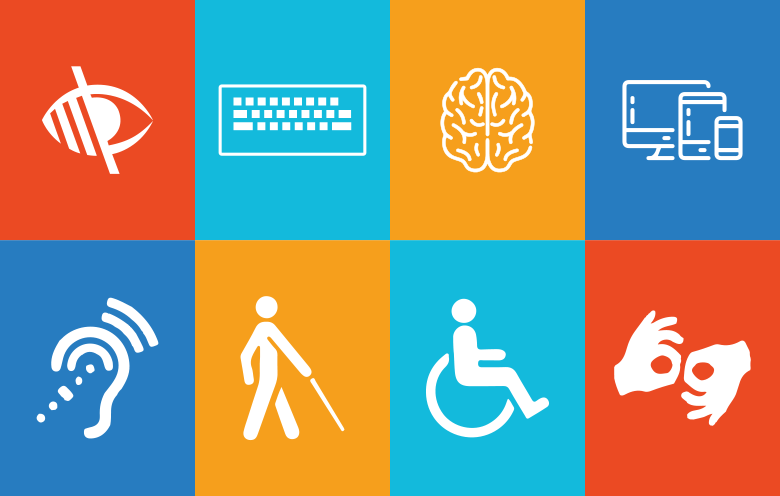Insightful Tidbits
Explore a variety of interesting topics and trending news.
Web Accessibility: The Secret Ingredient for Happy Users
Unlock the secret to happy users! Discover how web accessibility can elevate your website and boost engagement like never before.
Understanding Web Accessibility: Why It Matters for Every User
Web accessibility is the practice of designing and developing websites that can be accessed and navigated by all users, regardless of their abilities or disabilities. It is essential for creating an inclusive digital environment, ensuring that individuals with visual, auditory, or cognitive impairments can use the web effectively. According to the World Wide Web Consortium (W3C), implementing accessible features not only benefits those with disabilities but improves the overall user experience for everyone. By adhering to the Web Content Accessibility Guidelines (WCAG), website owners can create a more equitable online space that accommodates diverse user needs.
Moreover, web accessibility is crucial from a legal and business perspective. Governments around the world have enacted laws to ensure that all citizens, including those with disabilities, have equal access to information and services online. Non-compliance can lead to legal repercussions, making it vital for businesses to prioritize accessibility to avoid potential lawsuits. Additionally, by making your site accessible, you can tap into a wider audience, as approximately 15% of the global population lives with some form of disability. Prioritizing accessibility not only enhances customer satisfaction but can also lead to improved search engine rankings, as search engines increasingly recognize the importance of usability.

5 Common Web Accessibility Mistakes to Avoid for a Better User Experience
Creating an inclusive web experience is essential for all users, yet many websites still fall short due to common web accessibility mistakes. One major error is the use of insufficient color contrast between text and background. This can make content difficult to read for individuals with visual impairments. To avoid this, ensure your color combinations meet the recommended WCAG (Web Content Accessibility Guidelines) standards. For more details on how to check color contrast, visit WebAIM's contrast checker.
Another prevalent mistake is neglecting alternative text for images. Images without descriptive alt text create barriers for visually impaired users who rely on screen readers to understand content. Always add meaningful alt text that conveys the purpose of the image. Additionally, a well-structured website is crucial; ensure you utilize proper semantic HTML elements. For guidelines on semantic HTML, refer to MDN Web Docs.
How to Enhance User Satisfaction Through Effective Web Accessibility Practices
Enhancing user satisfaction through effective web accessibility practices is crucial in today's digital landscape. By prioritizing web accessibility, businesses can ensure that their websites are usable by everyone, including individuals with disabilities. Implementing accessible design elements not only broadens your audience but also fosters a positive user experience. Begin by adhering to the Web Content Accessibility Guidelines (WCAG 2.1), which offer comprehensive standards for making web content more accessible. Key features to consider include alternative text for images, proper use of headings, and keyboard navigation alternatives.
Moreover, it’s essential to incorporate regular accessibility testing into your website management routine. Tools like WAVE and AChecker can help identify accessibility barriers and guide necessary improvements. Additionally, gathering feedback from users with disabilities can provide valuable insights and enhance overall user satisfaction. Remember, practicing web accessibility is not just about compliance but also about creating an inclusive environment that respects all users' needs and preferences.